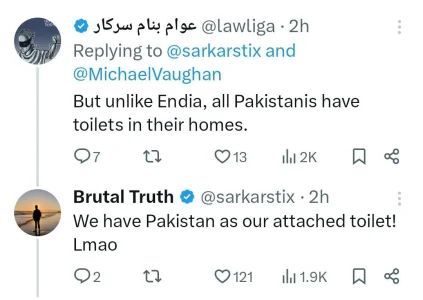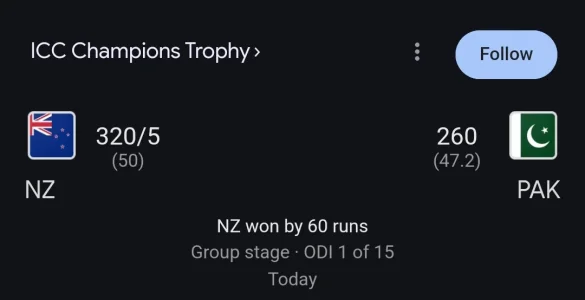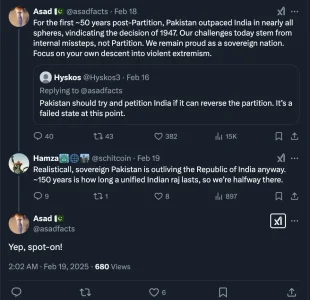asked grok3 deep think.
removed the very long logical reasoning part and pasting the final answer.
======
Final Answer
To compare the economies of India and Pakistan decade by decade since 1947 in terms of GDP, foreign aid received, economic growth, and industrial capacity, we need to analyze historical data and trends for each period. Below is a comprehensive comparison:
1947-1956: Post-Independence Foundations
- GDP: Both countries started with similar per capita GDPs, approximately $700-750 in 2011 international dollars. India's larger population gave it a higher total GDP.
- Foreign Aid Received: Both received aid from the US and other countries for reconstruction and development.
- Economic Growth: Both experienced moderate growth of 3-4% annually during recovery from partition.
- Industrial Capacity: India had a slightly stronger industrial base, while Pakistan was more agrarian.
1957-1966: Diverging Strategies
- GDP: Pakistan's per capita GDP was higher than India's by the end of the decade.
- Foreign Aid Received: Pakistan received significant military aid from the US, while India received food and economic aid.
- Economic Growth: Pakistan achieved higher growth rates (6-10%) due to export-led policies, while India's growth was slower (3-4%) under a socialist model.
- Industrial Capacity: Pakistan expanded its textile and manufacturing sectors, while India invested in public sector industries with some inefficiencies.
1967-1976: Shocks and Policy Shifts
- GDP: Pakistan's per capita GDP remained higher, but the loss of East Pakistan in 1971 affected its total GDP.
- Foreign Aid Received: Pakistan received aid post-1971, while India continued to receive aid but started focusing on self-reliance.
- Economic Growth: Both countries experienced slower growth due to political and economic challenges.
- Industrial Capacity: Pakistan's industrial growth slowed due to nationalization, while India's public sector industries expanded.
1977-1986: Stabilization and Gradual Divergence
- GDP: India's total GDP began to pull ahead, but per capita GDPs were still close.
- Foreign Aid Received: Pakistan received substantial aid from the US during the Afghan War.
- Economic Growth: India's growth increased to around 5%, while Pakistan's growth was around 5-6%.
- Industrial Capacity: Both countries continued to develop their industrial sectors, with India showing more diversification.
1987-1996: India’s Liberalization Leap
- GDP: India's per capita GDP started to catch up with Pakistan's, and its total GDP grew rapidly post-1991 reforms.
- Foreign Aid Received: India reduced its dependency on aid, while Pakistan continued to receive aid.
- Economic Growth: India's growth accelerated to 6-7%, while Pakistan's growth fell to 4% due to political instability.
- Industrial Capacity: India's industrial base expanded significantly, while Pakistan's growth slowed.
1997-2006: Widening Gap
- GDP: India's per capita GDP surpassed Pakistan's, and its total GDP became much larger.
- Foreign Aid Received: India became less dependent on aid, focusing on FDI and remittances, while Pakistan continued to receive aid.
- Economic Growth: India averaged 7-8% growth, driven by services and IT, while Pakistan's growth was 3-4%.
- Industrial Capacity: India's industrial sector thrived, while Pakistan's was constrained by energy and infrastructure issues.
2007-2016: India’s Ascendance
- GDP: India's per capita GDP and total GDP significantly outpaced Pakistan's.
- Foreign Aid Received: India became a net donor, while Pakistan sought IMF bailouts.
- Economic Growth: India maintained high growth rates, while Pakistan's growth was slow.
- Industrial Capacity: India's industrial output increased, with advancements in various sectors, while Pakistan struggled.
2017-2025: Stark Contrast
- GDP: India's per capita GDP is nearly double that of Pakistan, and its total GDP is much larger.
- Foreign Aid Received: India has substantial forex reserves, while Pakistan continues to seek aid.
- Economic Growth: India projects high growth, while Pakistan faces economic challenges.
- Industrial Capacity: India's industrial sector continues to grow, while Pakistan's remains limited.
Citations
This comparison highlights the divergent economic paths of India and Pakistan since their independence, influenced by their respective policies, political stability, and global engagements.











